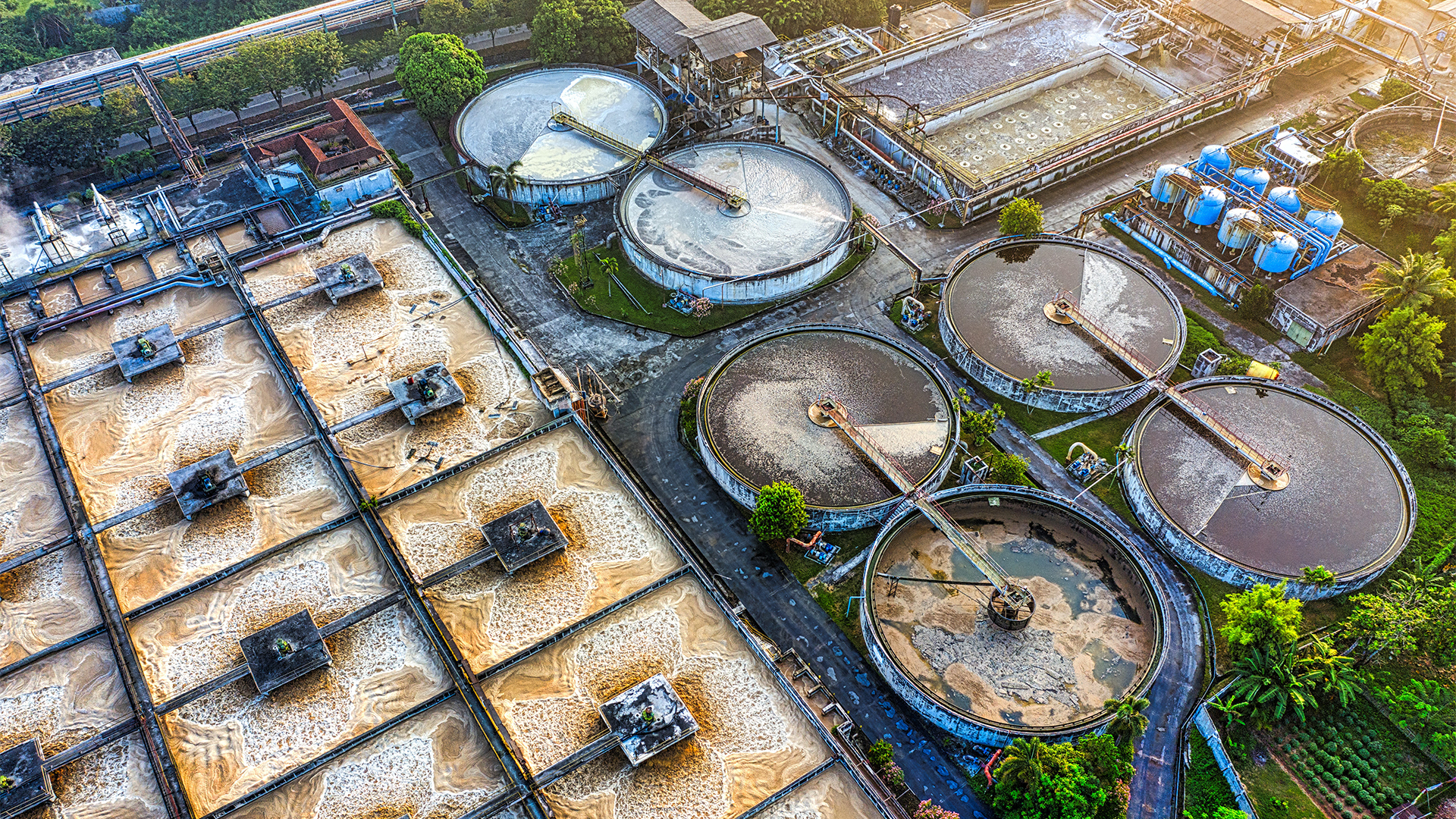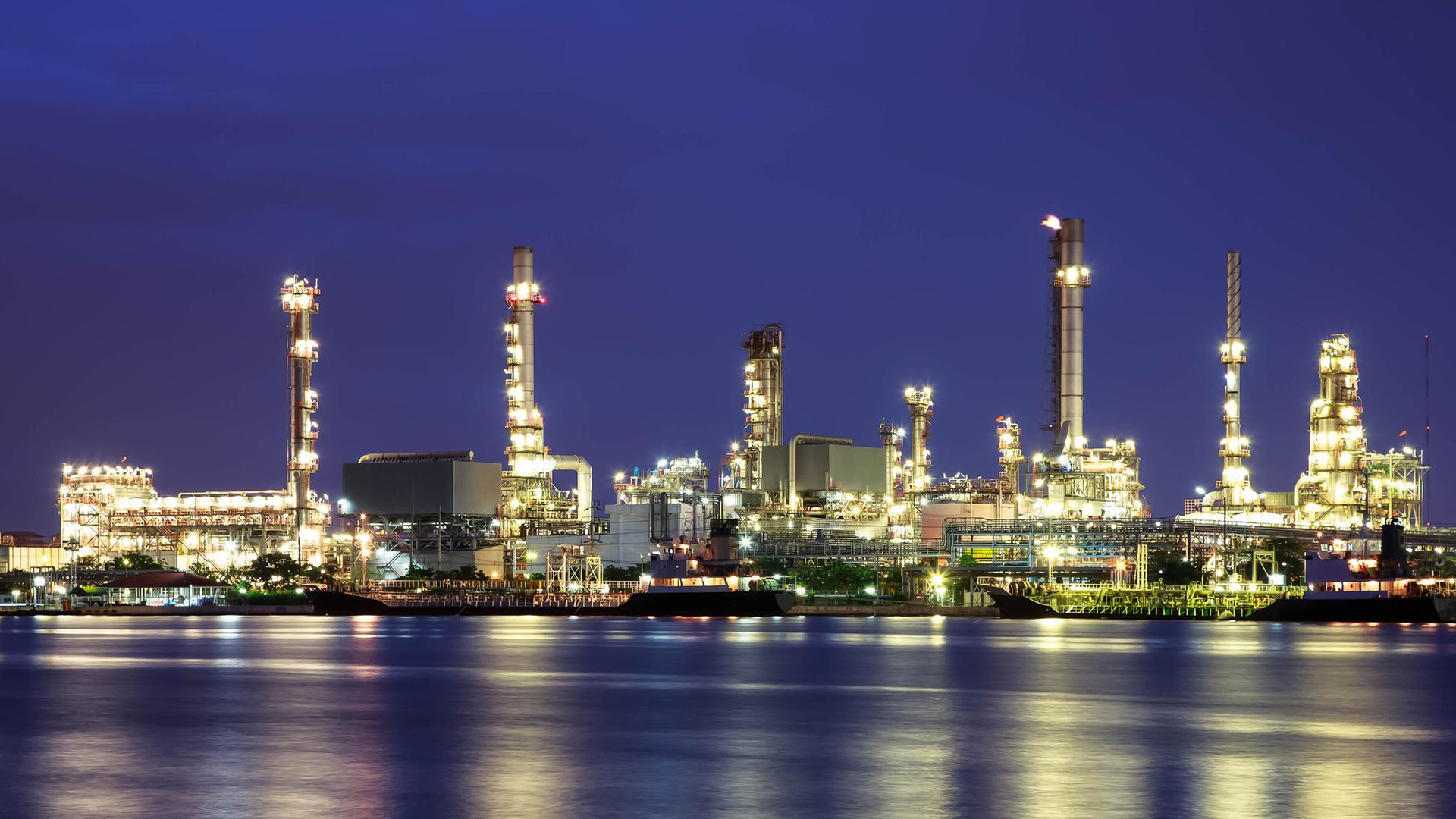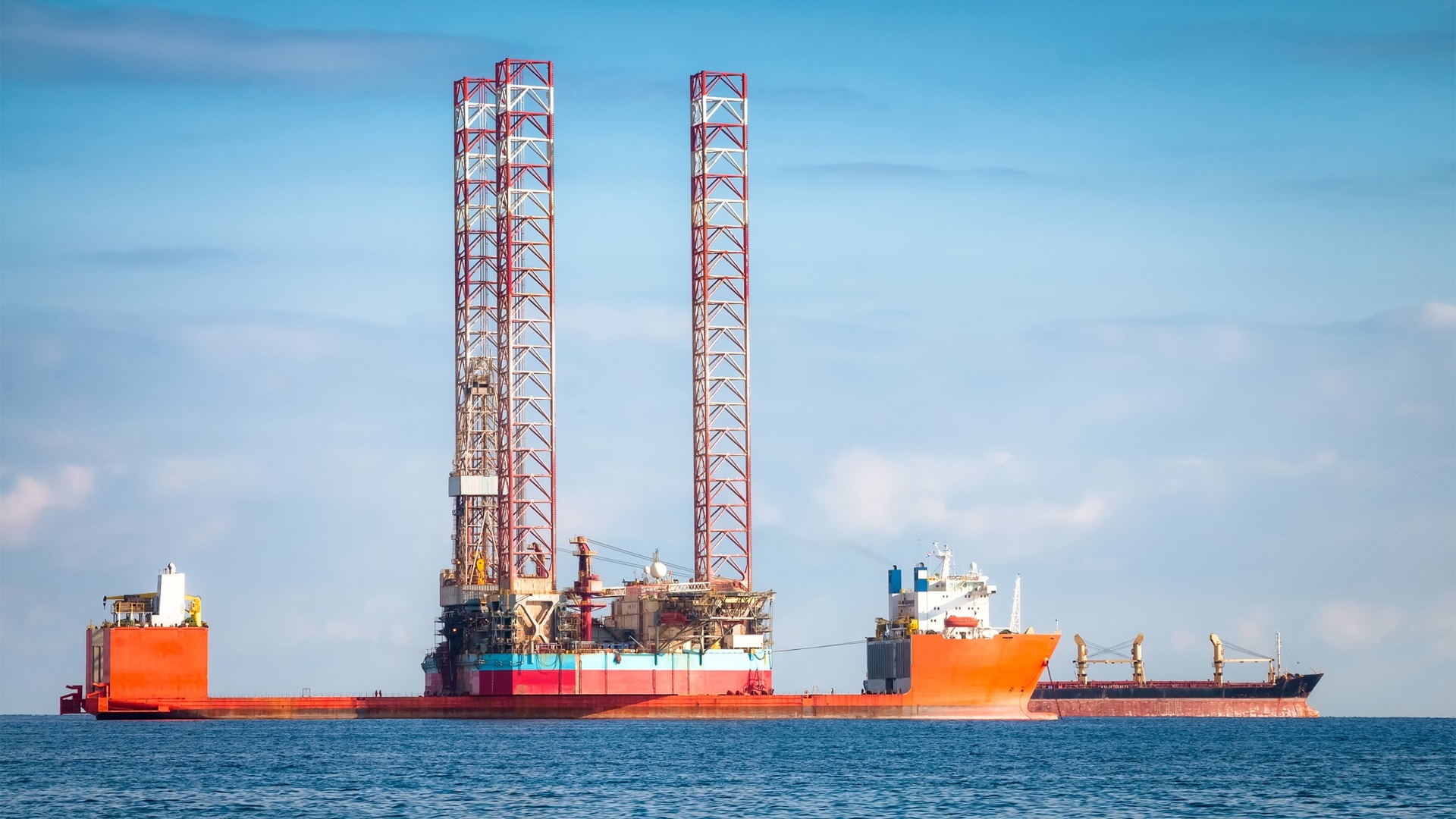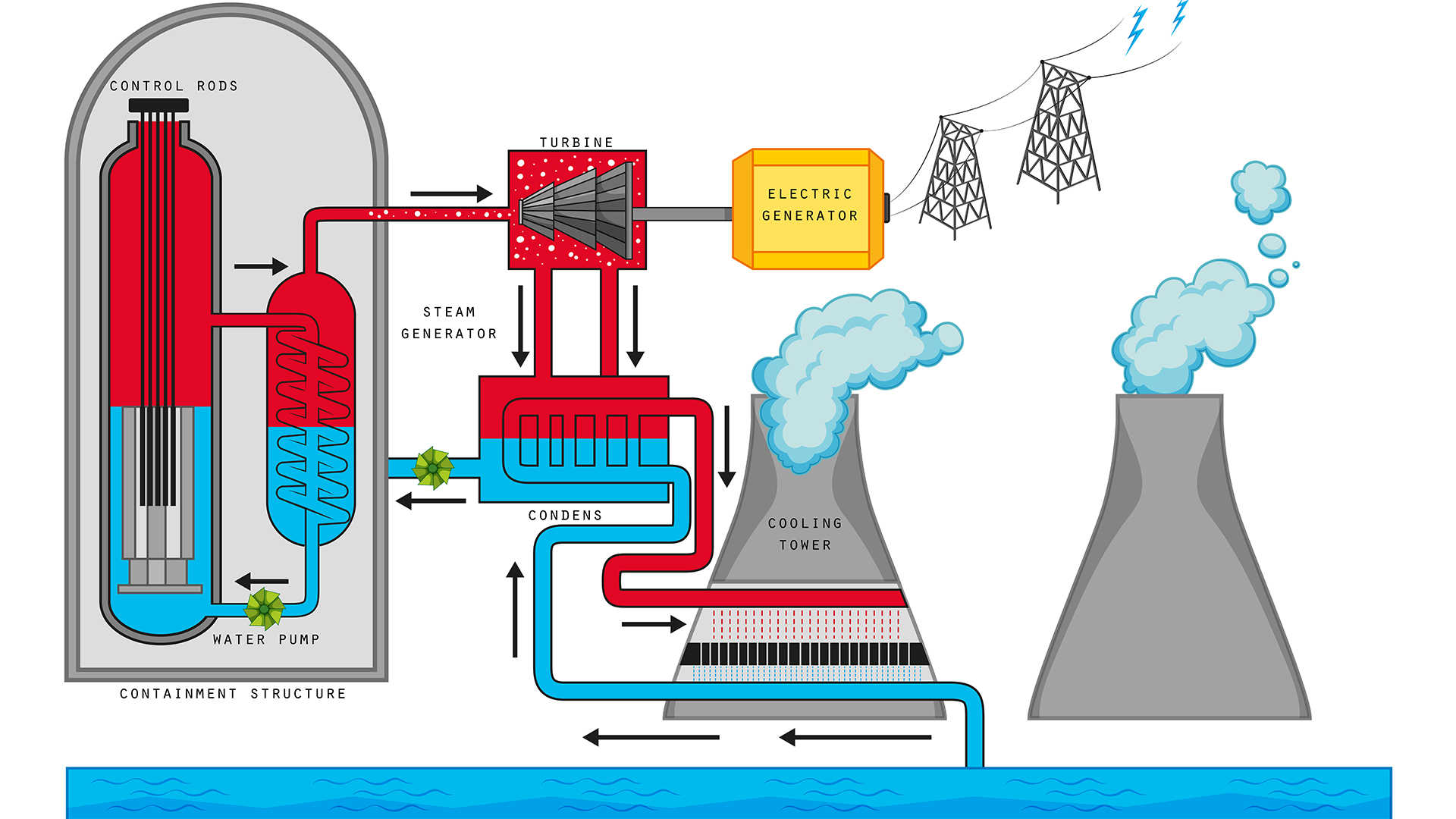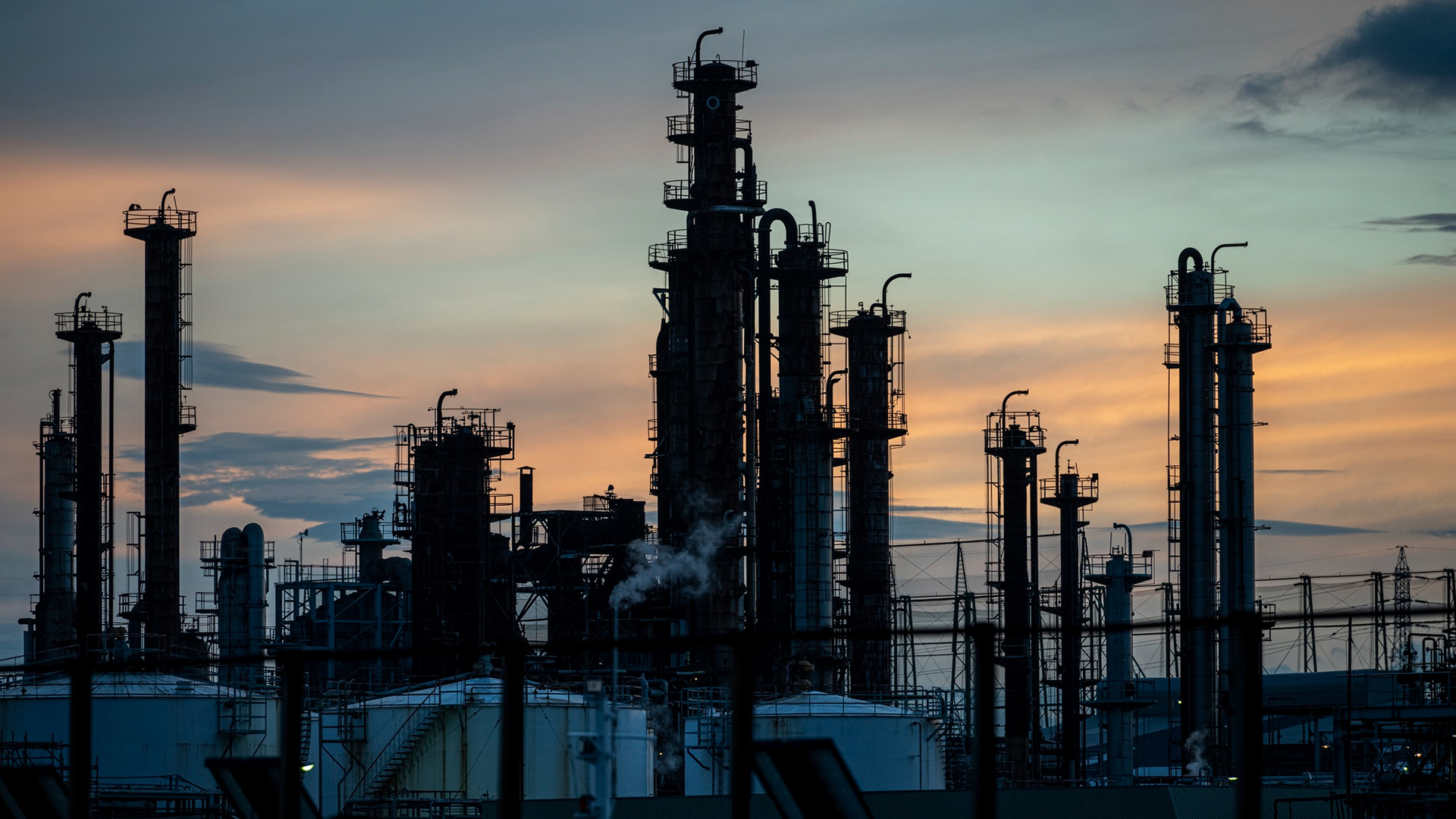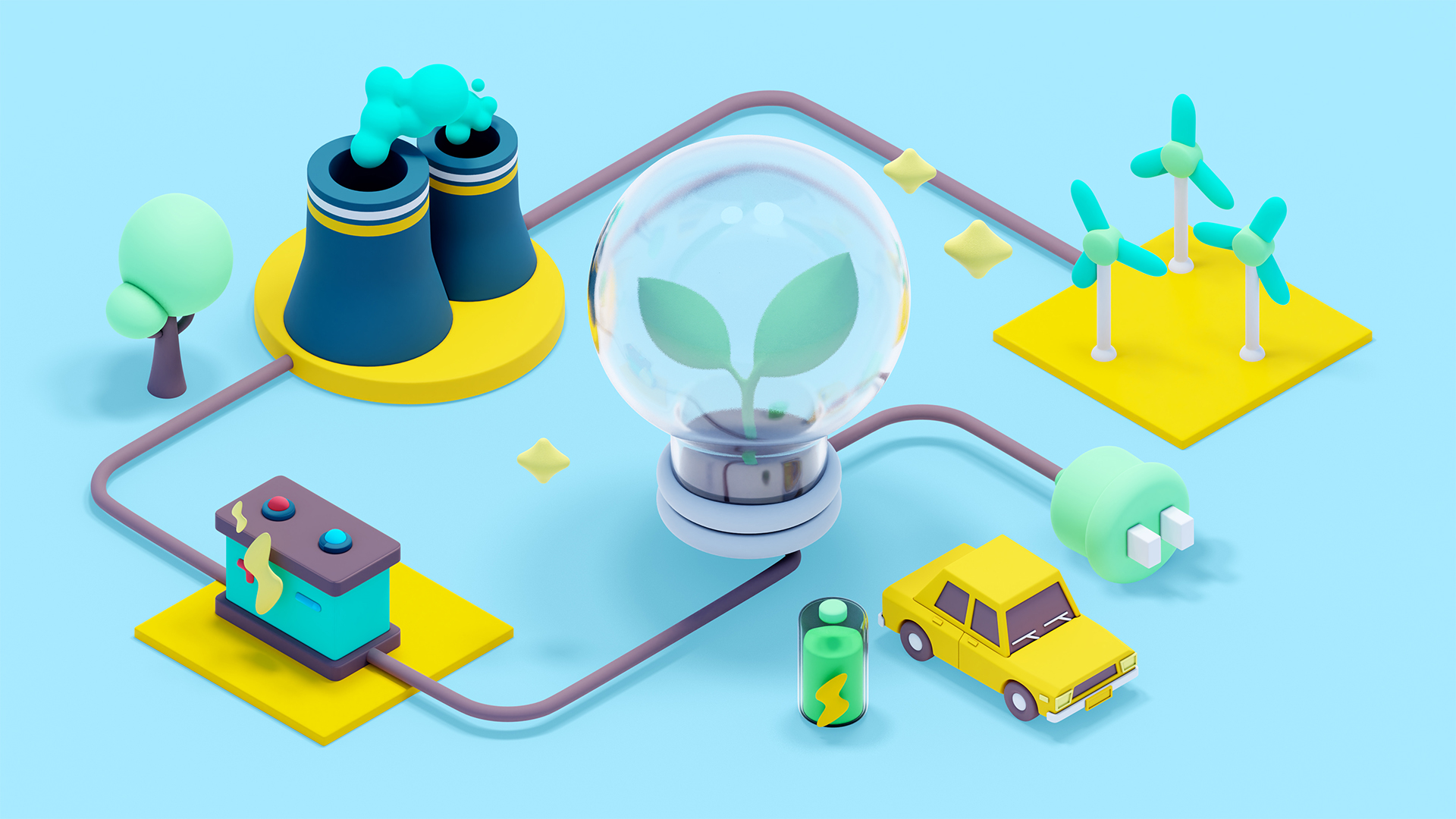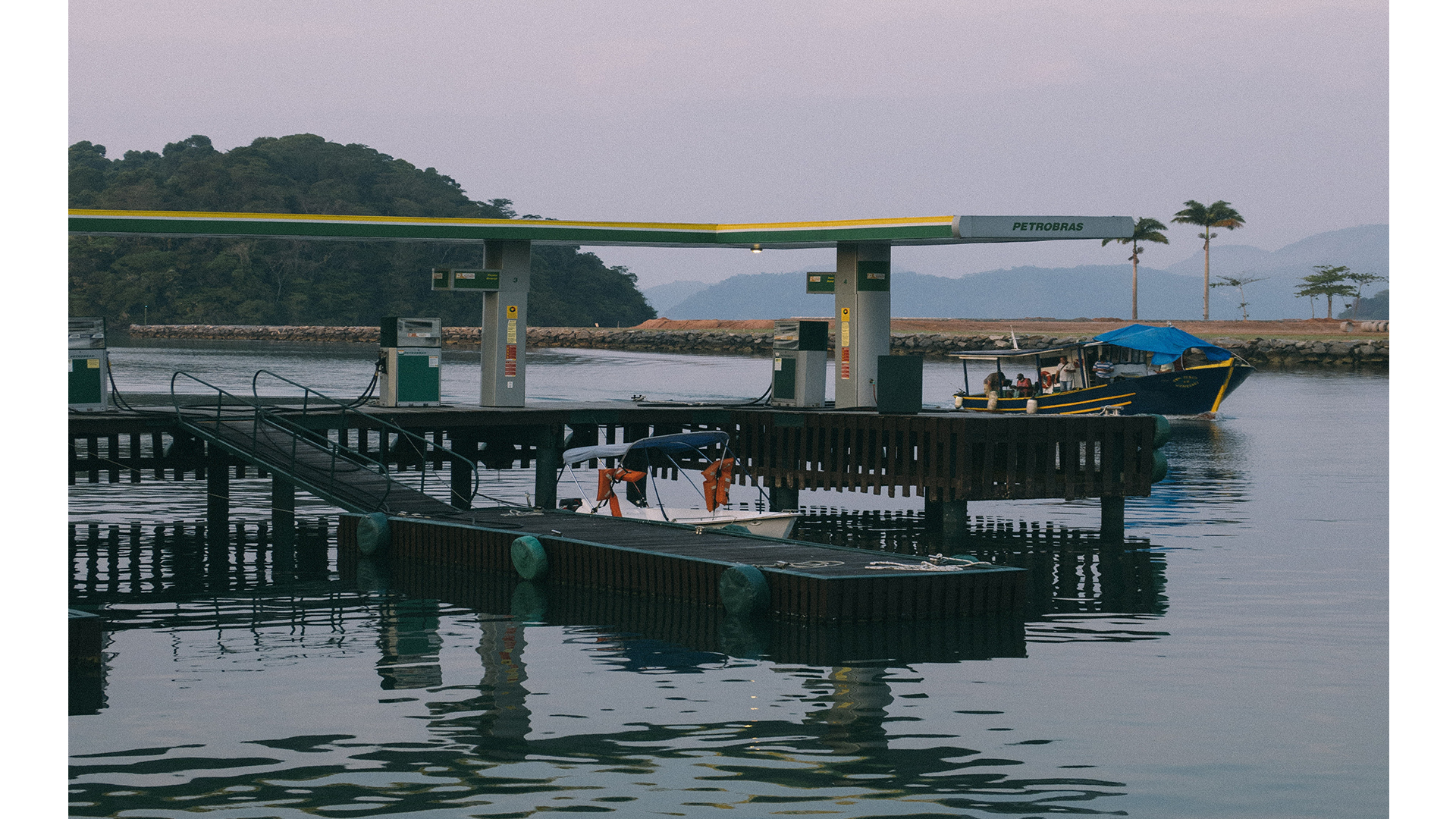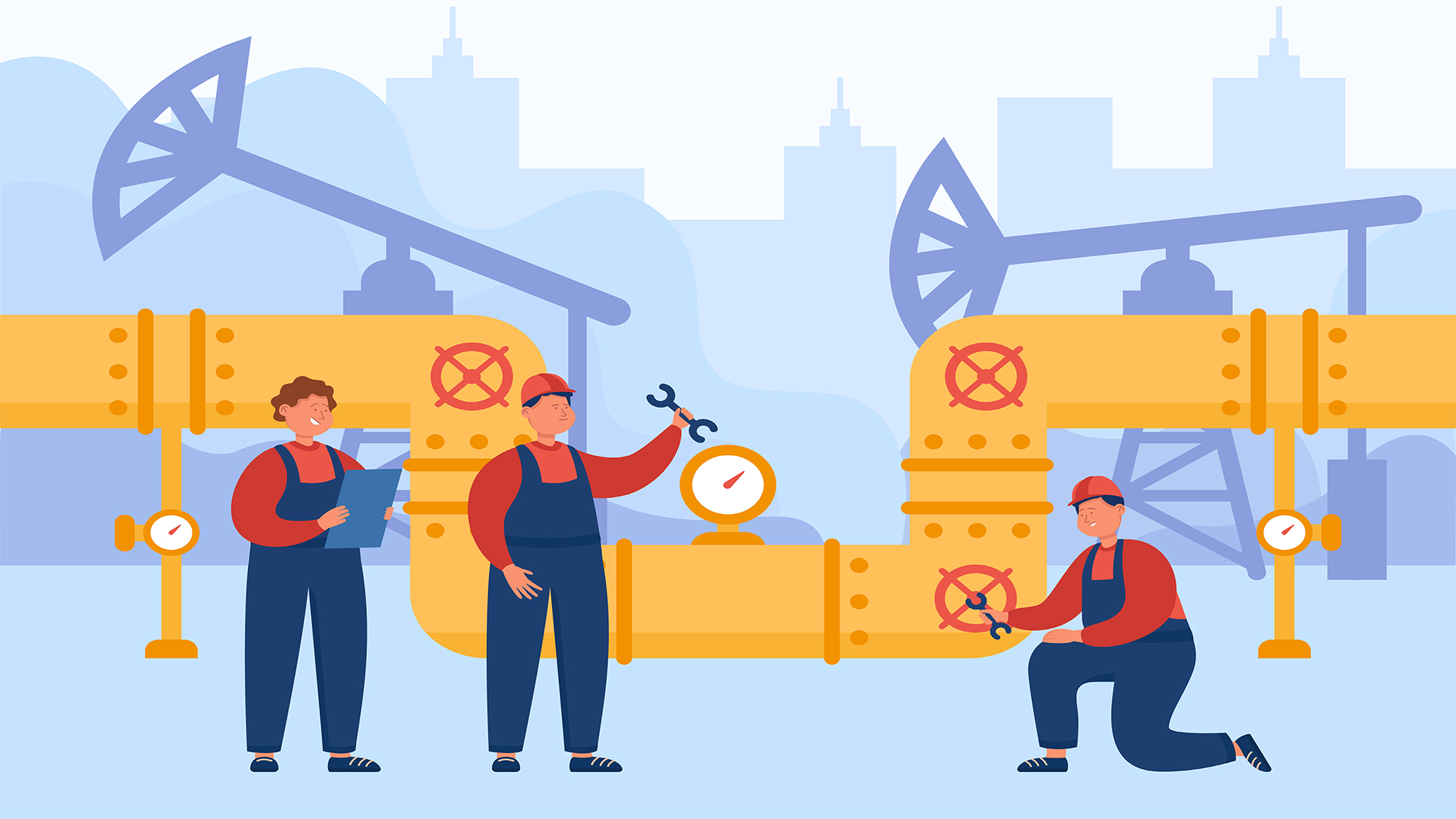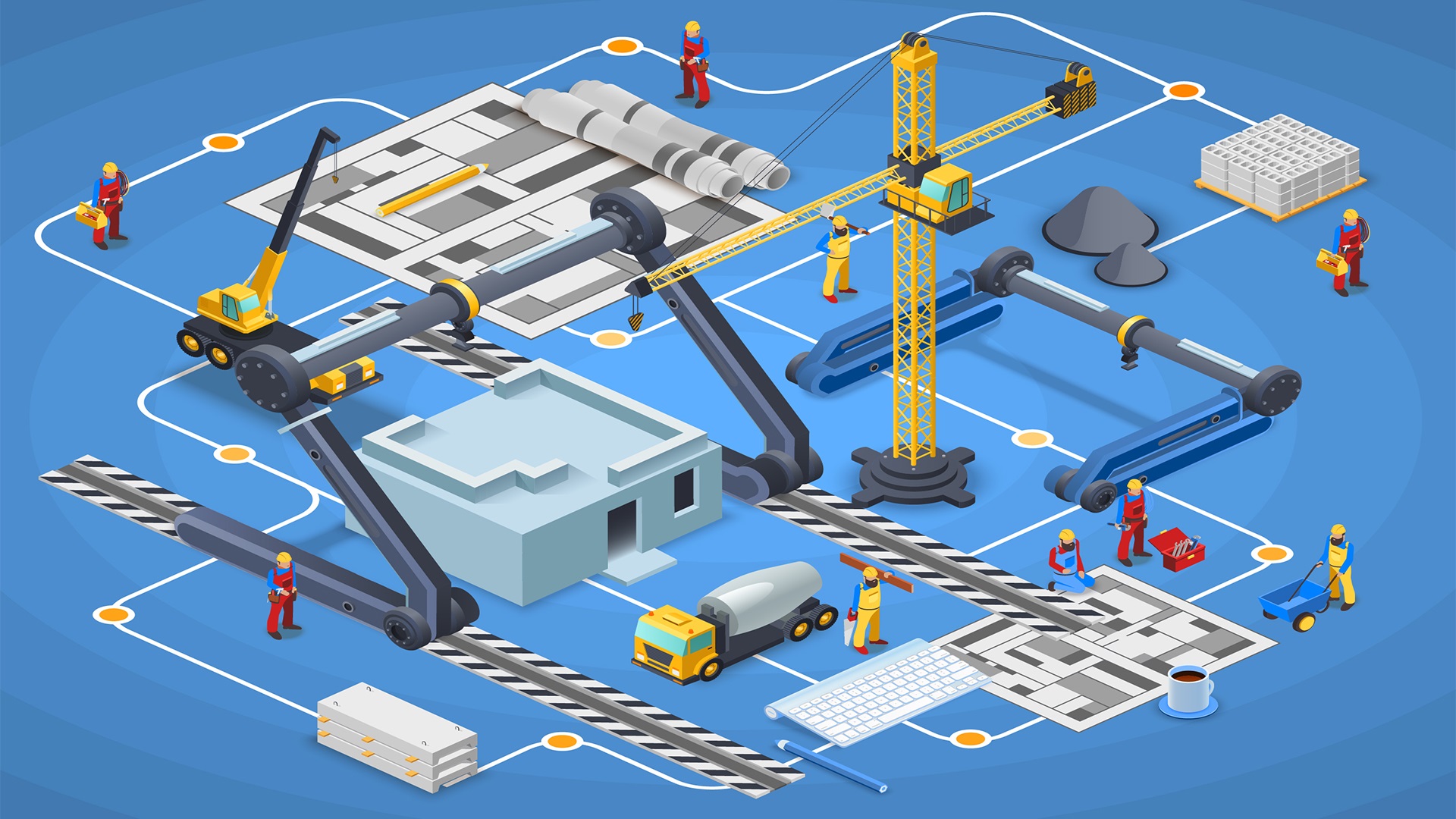
The Complete Subsurface Production & Artificial Lift System
Course overview
The course leads to the identification of well conditions required in the use of artificial or human-made lift systems, as well as their operations and simulation. It also provides a grasp of the performance evaluation and determination of subsurface systems. Additionally, it will equip participants with the knowledge and abilities to identify how damages arise and to use efficient remediation strategies that address all typical reasons for damage development. Cementing, drilling, and production activities may be the cause of some of these causes.
What do systems of artificial lifts mean?
In this Training Bee course, several artificial lift kinds, their development, and selection criteria will be assessed. Upon completion of this course, participants should possess a thorough understanding of the theory behind each approach that can be used to create artificial lift systems. Additionally, delegates will learn the several approaches that might be employed.
Introduction
Greetings from the field of artificial lift systems and subsurface production engineering! We will travel far below the surface of the Earth in this course to investigate the intricacies of oil and gas production, revealing the fundamental ideas and innovations that enable it all.
The foundation of the oil and gas sector is subsurface production engineering. It entails the planning, development, and administration of systems that extract hydrocarbons from subterranean reservoirs and deliver them to the surface, turning the planet’s untapped resources into essential energy sources. The primary responsibility of subsurface production engineers is to optimize production efficiency while safeguarding the reservoir’s long-term viability.
We are The Training Bee, a global training and education firm providing services in many countries. We are specialized in capacity building and talent development solutions for individuals and organizations, with our highly customized programs and training sessions.
Participants will acquire the skills and understanding required to succeed in the field of subsurface production engineering as we begin this educational adventure. You will have the knowledge and skills necessary to solve production issues, make well-informed decisions, and help extract oil and gas from the Earth’s interior with efficiency after completing this course.
Now let’s explore the world beneath our feet, where engineering and science work together to fuel modern society. Welcome to Artificial Lift Systems and Subsurface Production Engineering!
Learning Objectives
Upon completing Subsurface Production Engineering and Artificial Lift System, participants will be able to:
- Provide characteristics for your design system that will enable the generation of gases, viscous materials, solids, and other harsher conditions.
- Compare and identify the kinds of systems that are more economically feasible and will make more sense to adopt.
- Boost their technical knowledge of formation damagers, causes, preventions, cures, and best practices.
- Gain a thorough understanding of subsurface production systems and operations.
- Recognize the performances of influx and outflow.
- Sort the currently available acceptable standards to extend the life of each system’s equipment.
- Explain as a professional the techniques of perforation, hydraulic fracturing, formation damage, and matrix acidizing.
Our Unique Training Methodology
This interactive course comprises the following training methods:
- Journaling – This consists of setting a timer and letting your thoughts flow, unedited and unscripted recording events, ideas, and thoughts over a while, related to the topic.
- Social learning – Information and expertise exchanged amongst peers via computer-based technologies and interactive conversations including Blogging, instant messaging, and forums for debate in groups.
- Project-based learning
- Mind mapping and brainstorming – A session will be carried out between participants to uncover unique ideas, thoughts, and opinions having a quality discussion.
- Interactive sessions – The course will use informative lectures to introduce key concepts and theories related to the topic.
- Presentations – Participants will be presented with multimedia tools such as videos and graphics to enhance learning. These will be delivered engagingly and interactively.
Training Medium
This Subsurface Production Engineering and Artificial Lift System training is designed in a way that it can be delivered face-to-face and virtually.
Course Duration
This training is versatile in its delivery. The training can be delivered as a full-fledged 40-hour training program or a 15- hours crash course covering 5 hours of content each day over 3 days
Pre-course Assessment
Before you enroll in this course all we wanted to know is your exact mindset and your way of thinking.
For that, we have designed this questionnaire attached below.
- Describe the function of subsurface production engineering in the oil and gas sector. What are the main goals of engineering production?
- In the context of producing oil and gas, what is the function of artificial lift systems? Give instances of typical applications for artificial lift systems.
- What are the main parts of a standard artificial lift system? How do these elements cooperate to maximize a well’s output?
- Describe the main elements that affect the decision of which artificial lift technique is best for a given reservoir or well.
- What are the main obstacles and restrictions related to subsurface production engineering artificial lift systems?
Course Modules
This Subsurface Production Engineering and Artificial Lift System covers the following topics for understanding the essentials of the Agile Workplace:
Module 1 – Reservoir efficiency.
- Analysis of inflow and outflow
- Drop in well pressure and wellbore
- Ideas behind the productivity index
- Reservoir efficiency.
- Performance overview of the wellbore and reservoir, together with additional factors
Module 2 – Harm to formation
- Formation damage brought caused by drilling
- Harm to formation
- Mechanism of damage
- Sandstones affect damage to formations
- The significance of carbonates in formation damage
- Issues with well production
Module 3 – reasons for harm to formation
- The reduction of fines as a factor in formation damages
- Influence of perforations on formation damages
- Cementing’s impact on formation damages
- Formation impairments resulting from paraffin
- Harms to formation caused by an emulsion
- Formation damage resulting from the effects of asphaltene
- Harms to formation caused by sludge formation
Module 4 – Synthetic lifts
- Techniques for screening in artificial lifts
- Type of acid and varying amounts
- An analysis of different acid treatments
- Removal of chemical solvent damage
- Using acids to remove damages
- Acidizing supplies and techniques
Module 5 – Stimulation processes
- Summary of the application of artificial technology
- Design of hydraulic pumps
- Submersible electric pump (ESP)
- Nozzle pump
- Design of sucker road pumps
Module 6 – System for raising gas
- Ideas for gas lifting and the primary system
- Temperature effects as well as chokes
- Valve distance
- Need for injection gas
- Equation of state
- Design of continuous flow
- Constant-lift gas system
Module 7 – Pumping sucker rods
- Idea of a sucker rod pump
- Sucker rod pumping system limitation
- Rod sucker pump design
- Diagnosing and fixing the rod pump systems
- Principal problems with the rod pump system
Module 8 – PCP, ESP, and hydraulic systems
- Electric submersible pump (ESP) systems concepts
- The benefits of properly matching productivity to pump performance
- The progressive cavity pump system concept (PCP)
- Selection criteria for artificial lifts and all screening methods’ methodologies
- System limitations for PCP pumps
- Limitations of the system for jet pumping
Post-course Assessment
Participants need to complete an assessment post-course completion so our mentors will get to know their understanding of the course. A mentor will also have interrogative conversations with participants and provide valuable feedback.
- Give an explanation of subsurface production engineering and list the main goals it aims to achieve for the oil and gas sector. How has this field changed in your understanding during the course of the course?
- Explain how artificial lift systems help to maximize the production of gas and oil. Give concrete instances of how artificial lift systems might improve output from various kinds of wells.
- Describe the essential elements of a standard artificial lift system and their interactions to enhance well performance.
- Think about the elements that affect the choice of a suitable artificial lift technique. Discuss any examples or circumstances when the decision to use an artificial lift technique had a substantial impact on production.
- Talk about the difficulties and constraints that artificial lift systems in subsurface production engineering present.
Lessons Learned
Production engineering is important because it is a crucial field in the oil and gas sector. It is essential for maximizing the economic viability of energy resources, guaranteeing reservoir sustainability, and optimizing hydrocarbon production.
The utilization of artificial lift systems is essential in improving the flow of hydrocarbons from reservoirs to the surface. When used properly, they can greatly increase production rates and reservoir recovery.
Diversity of Artificial Lift Methods: Rod pumps, electric submersible pumps (ESPs), gas lift, and hydraulic pumping systems are only a few examples of the various artificial lift techniques that should be covered in the course. It’s crucial to know when and how to apply each technique.
Choosing the Best Technique: Choosing the best artificial lift technique is a difficult choice that necessitates a thorough assessment of the reservoir’s properties, the well’s features, and the relevant economic aspects. It is important for the course to stress the significance of this decision-making process.
Safety and Environmental Considerations: When using artificial lift systems, students should understand how important it is to maintain safety and minimize the impact on the environment. This covers environmental compliance, equipment integrity, and safety procedures.
Downhole Instrumentation and Sensors: These components are essential for tracking and managing artificial lift systems. Students need to understand how important they are to maintaining the efficiency and dependability of the system.
